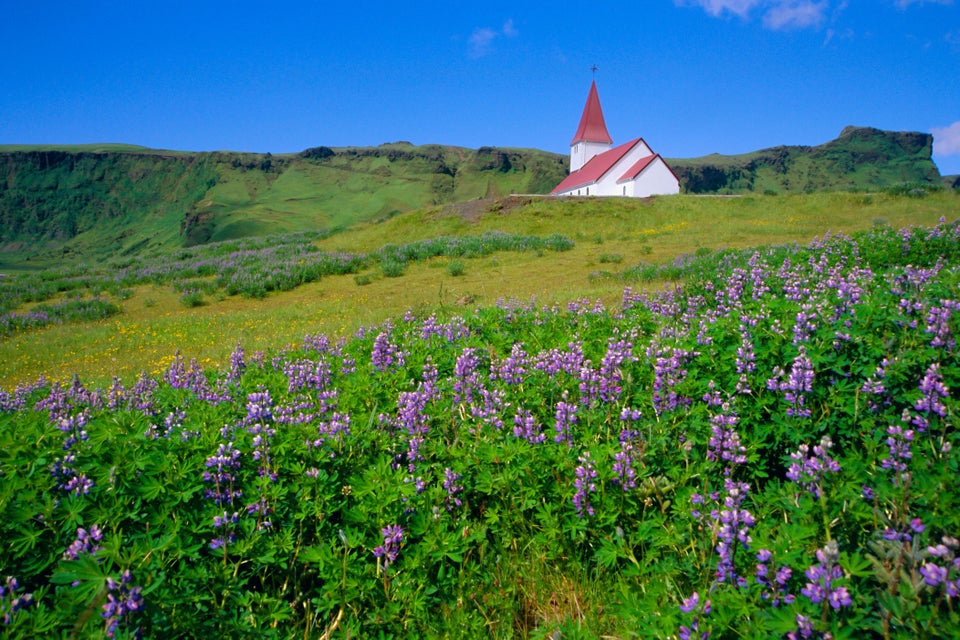
(WOMENSENEWS)--The danger and intimidation surrounding female journalists can be told through many individual stories.
One of them belongs to Khadija Ismailova from Azerbaijan.
Opponents of hers placed a camera in her bedroom to record her and her boyfriend having intercourse, said Frank Smyth, senior advisor for journalist security at the Committee to Protect Journalists, in an email. They used the recording "as a cruel and vulgar way to try and intimidate her."
Smyth said that all journalists face the same dangers today, "including intimidation or violence, in direct reprisal for their work."
Female journalists, he said, are frequently victims to "sexual character assassination," verbal and physical defamation based on rumors or situations taken out of context. "More women journalists have been sexually attacked than men."
While the stories of attacks on female journalists are proliferating, the documenting of these safety breaches is missing.
To overcome that lack, the International Women's Media Foundation, in conjunction with the Austrian Federal Ministry for European and International Affairs, initiated a month-long universal survey of female journalists on Aug. 20.
A few days after the survey ended, Elisa Lees Munoz, executive director of the nonprofit organization, was still estimating how many surveys had been turned in. She said the sample size would certainly exceed 500 and could even reach 1,000 respondents.
UNESCO is helping to fund and develop safety training based on the survey responses.
Though the IWMF already provides safety information and training to journalists, the goal of the survey is to assess the changing landscape of security concerns for journalists today. The results of the survey will be used to "better formulate programs that address safety concerns," Munoz said.
Munoz said recent events in the Middle East underscore how female journalists are targeted. "That is not to say that men are not physically attacked, but there are specific ways in which woman are harassed," said Munoz.
Two days after the survey was launched, on Aug. 22, a 22-year-old photojournalist was gang raped while on assignment in Mumbai.
Gerhard Doujak, head of human rights at the Austrian Federal Ministry for European and International Affairs, said in an email that crimes against journalists can be compounded for women. "In many countries, reporting and investigating these crimes can prove more difficult due to social, religious or traditional stigmas," Doujak said.
On Aug. 29, in an Op-ed for The Boston Globe, Mumbai-based journalist Priyanka Borpujari described security concerns for female journalists in India and wrote that gender can mask everything else. "Many women realized that the phrase 'I am a journalist' did not feel powerful anymore," she wrote. "The sexist culture of the profession and the nation inhibit their jobs."
Reshmi Kaur Oberoi is an editorial intern with Women's eNews and is a New York-based freelance journalist for various South Asian-American publications. Follow her on Twitter @ReshmiKO.
Read more at Womens eNews:
